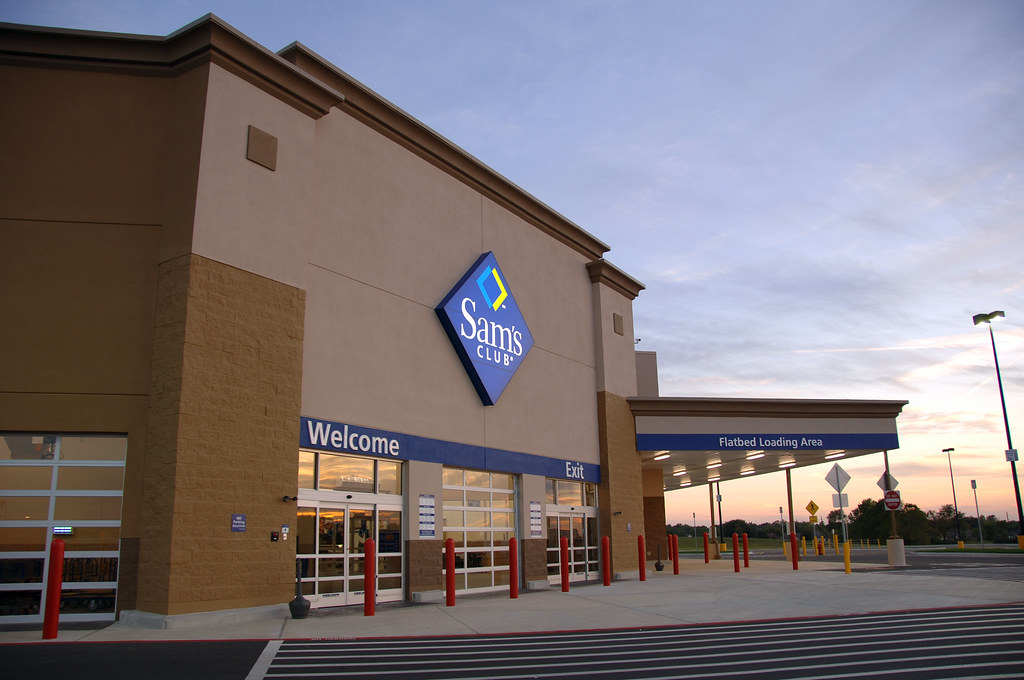Eighty-three percent of C-level executives feel that retail and dining will be changed forever, according to Cambridge Retail Advisors.
Most believe there will be an accelerated increase in online commerce, especially for grocery and restaurants. Fifty-six percent said it is likely or very likely that consumers will move exclusively to buy online, pickup in store, or use curbside. Online sales have long been predicted to eventually level off around 30% to 40% of total sales, but the pandemic accelerated the curve and took about three to five years out of the digital evolution.
Retail executives expect a longer shutdown period with 58% indicating three to four months. Further, between 20,000 and 25,000 retail stores could shutter in 2020 due to the economic fallout, according to Coresight Research, reported The Seattle Times (June 9).
“Given that recovery to pre-crisis levels may be gradual, retailers that were struggling to stay in business pre-crisis are unlikely to have the wherewithal to stay the course on the road to recovery,” said Coresight founder and CEO Deborah Weinswig.
Even before the coronavirus recession, the retail sector was in transition with more than 9,800 stores closing in 2019 as brick-and-mortar stores grappled with declining foot traffic for years, losing ground to e-commerce giants such as Amazon.
As retail and restaurant chains develop their reopening strategy, executives may use the opportunity to cull unprofitable locations. For example, Starbucks Corp. will close 400 stores in the U.S. as it transitions into a post-pandemic operating model, reported The Seattle Times (June 10). Over the next 18 months, the company plans to increase the number of convenience-led formats with a focus on drive-thru and curbside pickup options.
Sixty-five percent of retail and restaurant chains plan to reopen all their locations and 25% plan to open a portion of their locations. Ten percent don’t plan to return to the brick-and-mortar channel at all, with some adopting an online-only approach and some ending fully.
In New Jersey, it is expected that nearly two in 10 restaurants may never reopen, according to Marilou Halvorsen, president of the New Jersey Restaurant and Hospitality Association, reported NJ.com (June 8). Those restaurants are more likely to be small, independent, and ethnically diverse, Halvorsen noted.
“On March 15, I had 12 restaurants,” commented Tim McLoone, NJ restaurant owner of such establishments as McLoone’s Boathouse in West Orange and Tim McLoone’s Supper Club in Asbury Park. “On March 16, it’s as if all 12 of them burned to the ground on the same night and I had no insurance.”
Dining rooms in the state are still off limits to patrons and will only be allowed outdoor dining for the foreseeable future. With slim profit margins and little revenue coming in, many restaurant owners can’t afford to make the investment in outdoor seating, which could cost thousands of dollars or more, and not all have the space, owners told the Senate committee.
Additionally, when asked if landlords have provided rent relief, 65% of businesses surveyed responded that no relief was offered, and just 20% said rent was forgiven.
Meanwhile, although the majority of corporate employees were spared displacement, most store personnel were either furloughed or laid off.
The advance number for seasonally adjusted unemployment claims was about 1.5 million during the week ending June 6, a decrease of 335,000 from the previous week’s revised level, according to DOL. The advance seasonally adjusted insured unemployment rate was 14.4% for the week ending May 30, down 0.2 percentage point from the previous week’s revised rate.
Once operations resume, companies will need to make strategic decisions about how much of their workforce to rehire.









